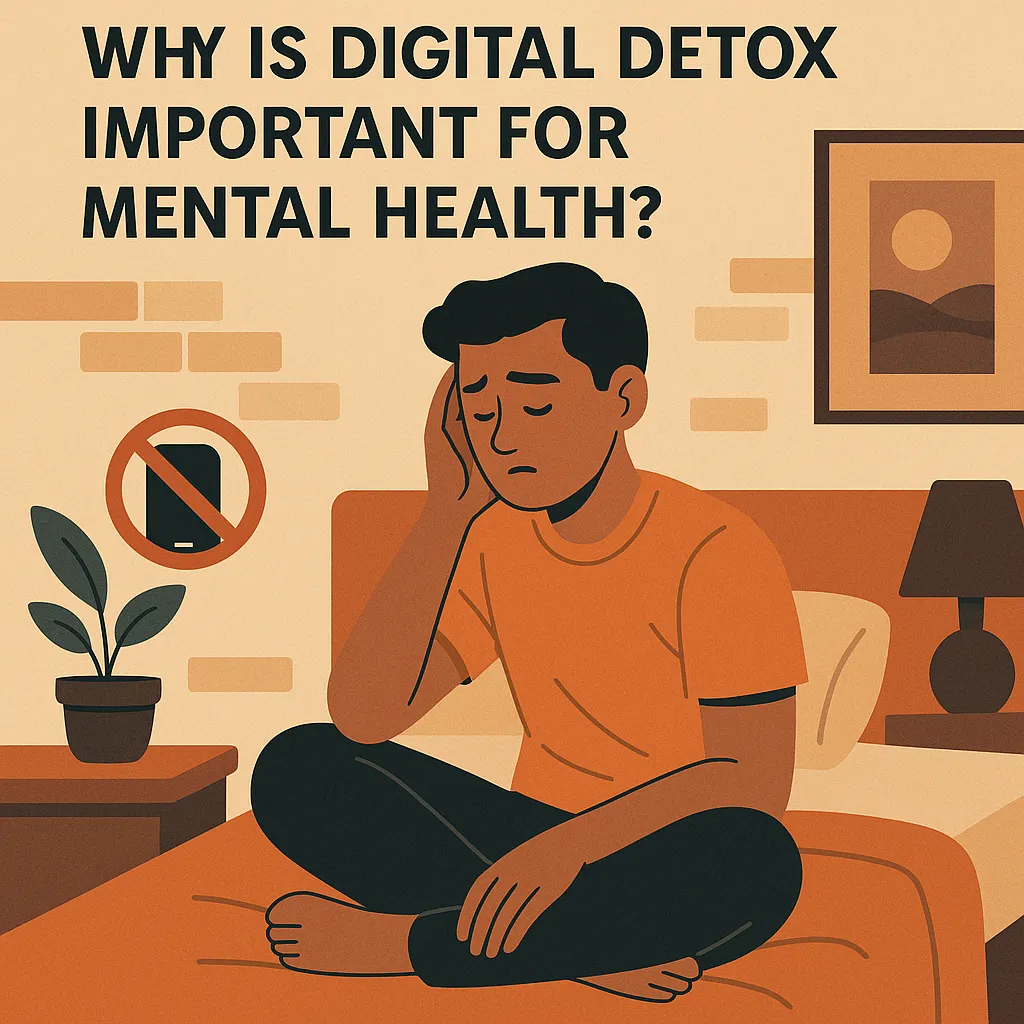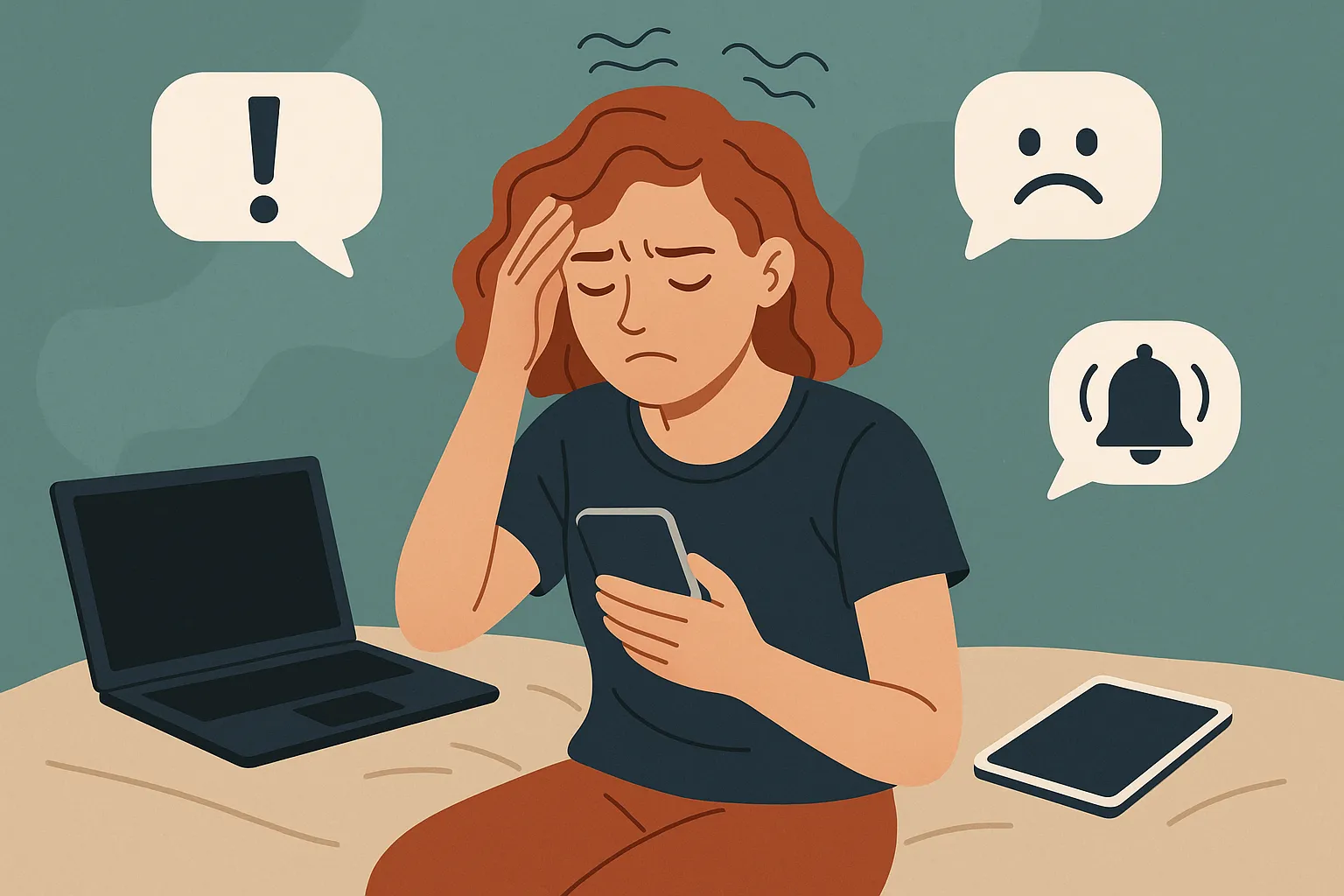In today’s hyper-connected world, digital devices have become integral to our daily lives. While they offer numerous benefits, including instant communication and access to information, they also pose significant challenges to our focus and concentration. A digital detox, the process of disconnecting from digital devices, can be a powerful tool to enhance productivity and creativity. This article explores how a digital detox can improve focus and concentration, offering practical examples, key points, and best practices.
Understanding Digital Detox
A digital detox involves taking a break from electronic devices such as smartphones, computers, tablets, and social media platforms. This practice aims to reduce stress, improve mental well-being, and, importantly, enhance focus and concentration. By stepping away from the constant barrage of notifications and digital distractions, individuals can regain control over their attention span and mental clarity.
The Impact of Digital Overload on Focus
Cognitive Overload
Digital devices constantly bombard us with information, leading to cognitive overload. This overload can diminish our ability to process information effectively, resulting in decreased focus and concentration. Studies have shown that multitasking and frequent switching between tasks on digital devices can impair cognitive function and lower productivity.
Reduced Attention Span
The constant notifications and alerts from our devices can condition us to have shorter attention spans. We become accustomed to seeking quick hits of information and entertainment, which can make it difficult to sustain focus on more demanding tasks.
How Digital Detox Enhances Focus and Concentration
Mindfulness and Presence
A digital detox encourages mindfulness by allowing individuals to be fully present in the moment. Without the distractions of screens, people can engage more deeply with their surroundings and tasks, leading to improved focus and concentration.
Improved Sleep Quality
Digital detoxing, particularly before bedtime, can significantly enhance sleep quality. The blue light emitted by screens can interfere with the production of melatonin, the hormone responsible for regulating sleep. By reducing screen time, individuals can improve their sleep patterns, leading to better cognitive function and concentration during waking hours.
Boosting Creativity
Creativity often thrives in a space free from distractions. By setting aside time for a digital detox, individuals can engage in activities such as reading, writing, or brainstorming, which can stimulate creative thinking. With fewer interruptions, the mind has the freedom to explore new ideas and approaches.
Concrete Examples and Use Cases
Example 1: Weekend Digital Detox
Consider implementing a weekend digital detox. Dedicate Saturdays and Sundays to offline activities like hiking, reading, or spending quality time with family and friends. This practice not only rejuvenates the mind but also provides a fresh perspective for the upcoming workweek.
Example 2: Daily Digital Detox Hours
Establish specific hours each day for a digital detox. For instance, designate the first hour after waking up and the last hour before bed as device-free times. Use this time for activities such as meditation, journaling, or exercise to enhance focus and concentration throughout the day.
Example 3: Work Environment Detox
Create a distraction-free work environment by minimizing digital interruptions. Use tools and software that block distracting websites and notifications during work hours. This focused approach can lead to significant improvements in productivity and concentration.
Key Points and Best Practices
- Set Clear Boundaries: Establish specific times for digital detox and communicate these boundaries to those around you.
- Identify Triggers: Recognize situations or apps that lead to mindless scrolling and make a conscious effort to avoid them.
- Engage in Offline Activities: Use detox time to explore hobbies, exercise, or spend time in nature.
- Gradual Implementation: Start with short detox periods and gradually increase the duration as you become more comfortable.
- Reflect on Benefits: Keep a journal to document improvements in focus and concentration as a result of your detox efforts.
FAQ
What is a digital detox?
A digital detox is a period during which an individual refrains from using electronic devices to reduce stress, enhance focus, and improve mental well-being.
How long should a digital detox last?
The duration of a digital detox can vary based on individual needs. It can range from a few hours daily to entire weekends or longer periods, depending on personal preferences and goals.
Can digital detox improve productivity?
Yes, by reducing distractions and enhancing focus, a digital detox can lead to increased productivity and creativity.
Is it necessary to completely disconnect during a digital detox?
While complete disconnection can be beneficial, it’s not always necessary. The key is to reduce unnecessary digital interactions and focus on mindful, intentional use of technology.
How can I maintain focus after a digital detox?
Maintain focus by continuing to practice mindfulness, setting clear boundaries with technology, and regularly scheduling detox periods to prevent digital overwhelm.
Conclusion
A digital detox serves as a powerful tool for reclaiming focus and concentration in an increasingly digital world. By stepping away from screens, individuals can reduce cognitive overload, improve sleep quality, and enhance creativity. Implementing regular digital detoxes, whether daily or weekly, can lead to lasting improvements in productivity and mental clarity. For those seeking to improve their focus and concentration, a digital detox is not just a trend but a necessary practice for achieving balance and well-being.
For further reading on the impact of digital detox on mental health, you might explore this study by the American Psychological Association.








